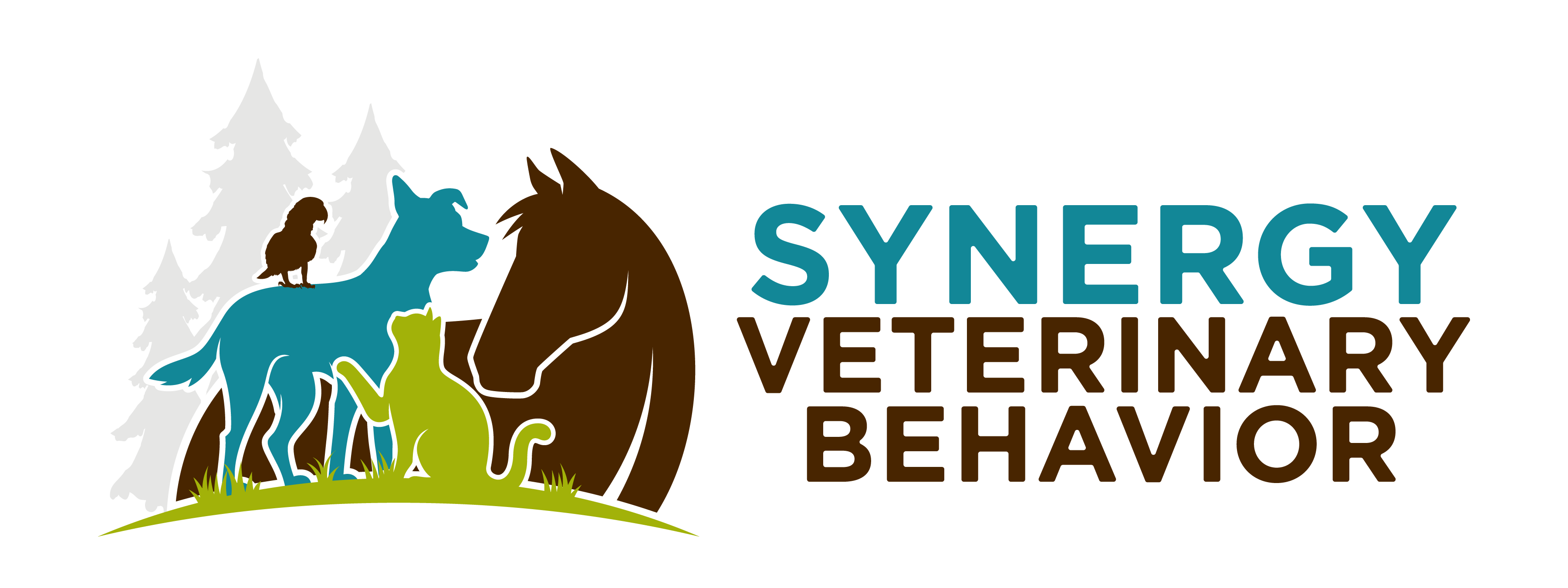
So there was a family with a massive and beautiful tree growing right over their house. The city sent someone to inspect the tree for potential safety concerns and gave it a green check, indicating it was “just fine.”
Less than six months later, a routine storm caused a huge branch to break off from the tree, narrowly missing their home. It turned out that the whole interior of the tree trunk was rotted and hollow, and it was only a matter of time until the tree fell apart and potentially caused quite a bit of damage…
Animal trainers and veterinary behavior professionals often hear similar assessments from pet guardians, and sometimes even from other trainers and veterinary folks.
“Go ahead and pet him, he’s fine.”
“She was fine, and then she just bit him- it was totally out of the blue!”
“Don’t worry, he’s fine; he is being dramatic!”
The word “fine” is often used when we are not necessarily happy or thriving, but perhaps just tolerating an experience or a period of time. It is often used to describe our pets, too- maybe at the vet, when a cat is hiding and cowering; or when a horse prances nervously and flares its nostrils the moment a child is placed on its back. Perhaps you have read one of the many tragic stories of a dog who was “just fine” with everyone in the family for years, until one day he “snapped” and maimed or even killed a baby or child.
The problem is that these animals are actually not fine.
In fact, they are often communicating low-level signals of stress, fear, and anxiety to their humans for a while before the event. However, many people, no matter how much they love their pets, do not know how to read these signals, or they ignore them because the animal has not escalated to more serious behavior in the past.
These low-level signals are requests for space, warnings to back off, and often repeated messages that the animal is emotionally and/ or physically uncomfortable. Behavior science tells us that any animal (including people) will continue to choose different behaviors until they achieve the desired consequence. If hissing didn’t make the scary stranger let go, the cat will likely extend its claws and scratch repeatedly; if pinned ears and head shaking didn’t make the rider release painful tension on the reins, the horse might resort to kicking or bucking; if a lip curl and a growl didn’t make the toddler get off the dog’s back, the dog will probably turn around and deliver a nasty bite.
If we do not learn to observe and respect an animal’s whispers, we will be surprised when they start to yell.
An animal feeling forced to yell about their discomfort and fear often results in tragic consequences.
So what sort of behaviors do we often paint with the broad, bland, and oblivious brush of “fine”?
We often think that if an animal is still, it is “fine.”
We often think if an animal is moving slowly, it is “fine.”
We often think if an animal is quiet, it is “fine.”
These behaviors can precipitate extreme behavior such as fleeing or fighting. These animals are not fine, and they weren’t fine before they took more obvious action. The tree might not withstand this particular storm.
Instead, for the sake of our safety, our childrens’ safety, and for the safety of our pets, let’s describe the specific behaviors we see.
What is the animal actually doing?
Can you describe the behavior objectively?
In what context is the behavior occurring? What happens before/after?
What are some of the low-level signs that your pet is stressed? What are your favorite resources for learning how to read and interpret species-specific behavior?
CALL US AT 503-336-1202 OR FILL OUT FORM BELOW AND WE WILL CONTACT YOU ASAP!
Synergy Can Help!
[contact-form-7 id="2947" title="Test Contact Form 7_30"]
